
Navigating the nuances of the Internet of Medical Things
The Internet of Medical Things is fascinating because its relative infancy means that many regulatory and compliance controls and practices are still in their nascent stages.

The Internet of Medical Things is fascinating because its relative infancy means that many regulatory and compliance controls and practices are still in their nascent stages.
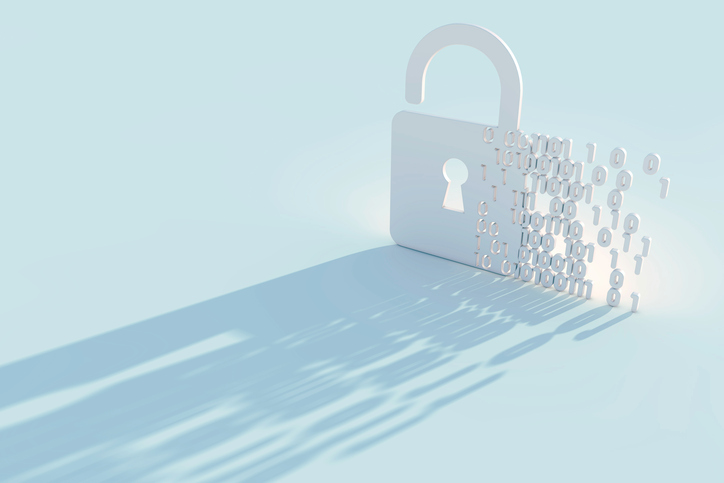
Completely eliminating vulnerabilities to ransomeware attacks like Wanna Cry is impossible. But hospitals can take some significant steps to minimize the risks. Medical device cybersecurity does not require starting from scratch, but it does require starting.
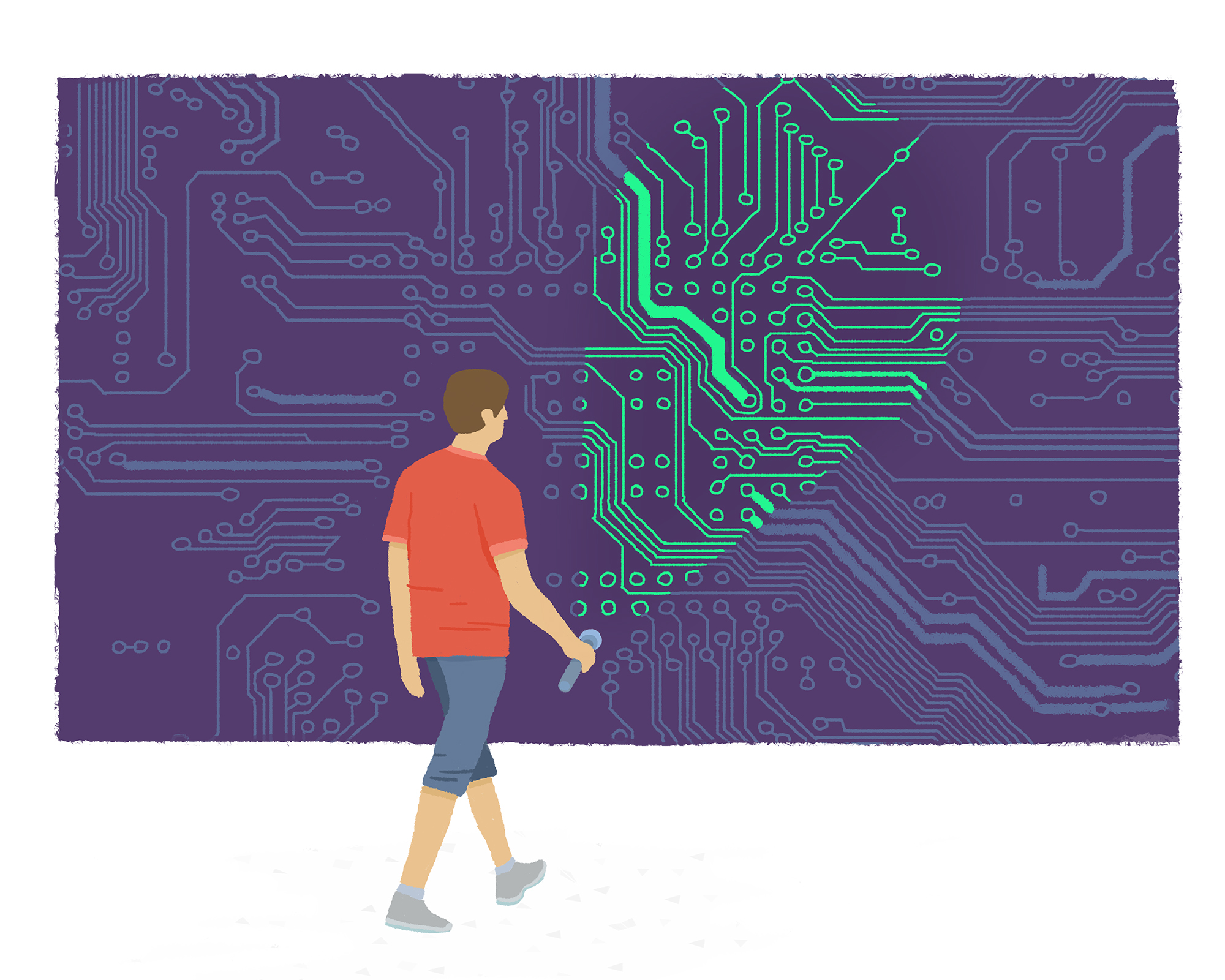
Through AI, healthcare organizations can develop a wide range of healthcare applications that take full advantage of the IoT-powered dark data at our disposal. And with that, we can unlock a new era of understanding of our health.
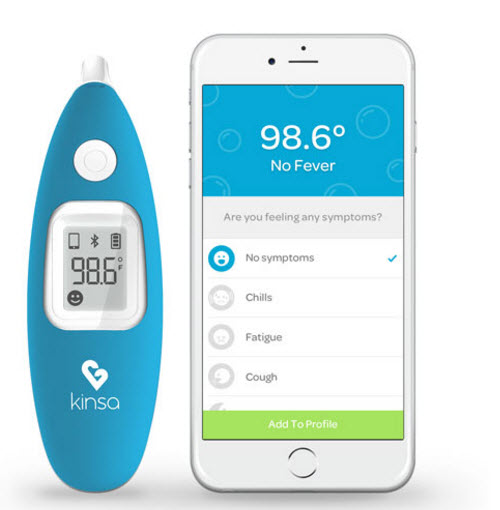
Among the new services Kinsa will provide through its app are real-time answers to questions users have when either they or their child is sick.
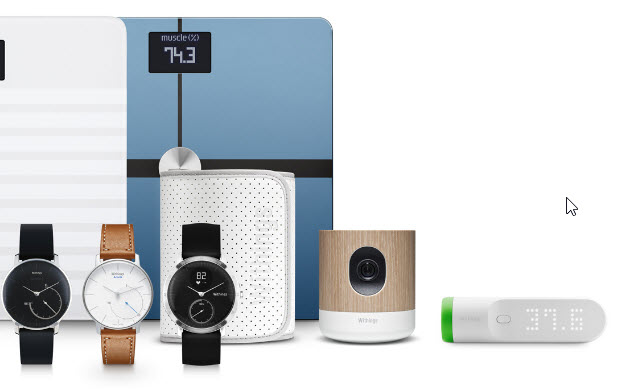
Nearly a year after its acquisition of Withings, Nokia highlighted product development news for digital health devices.
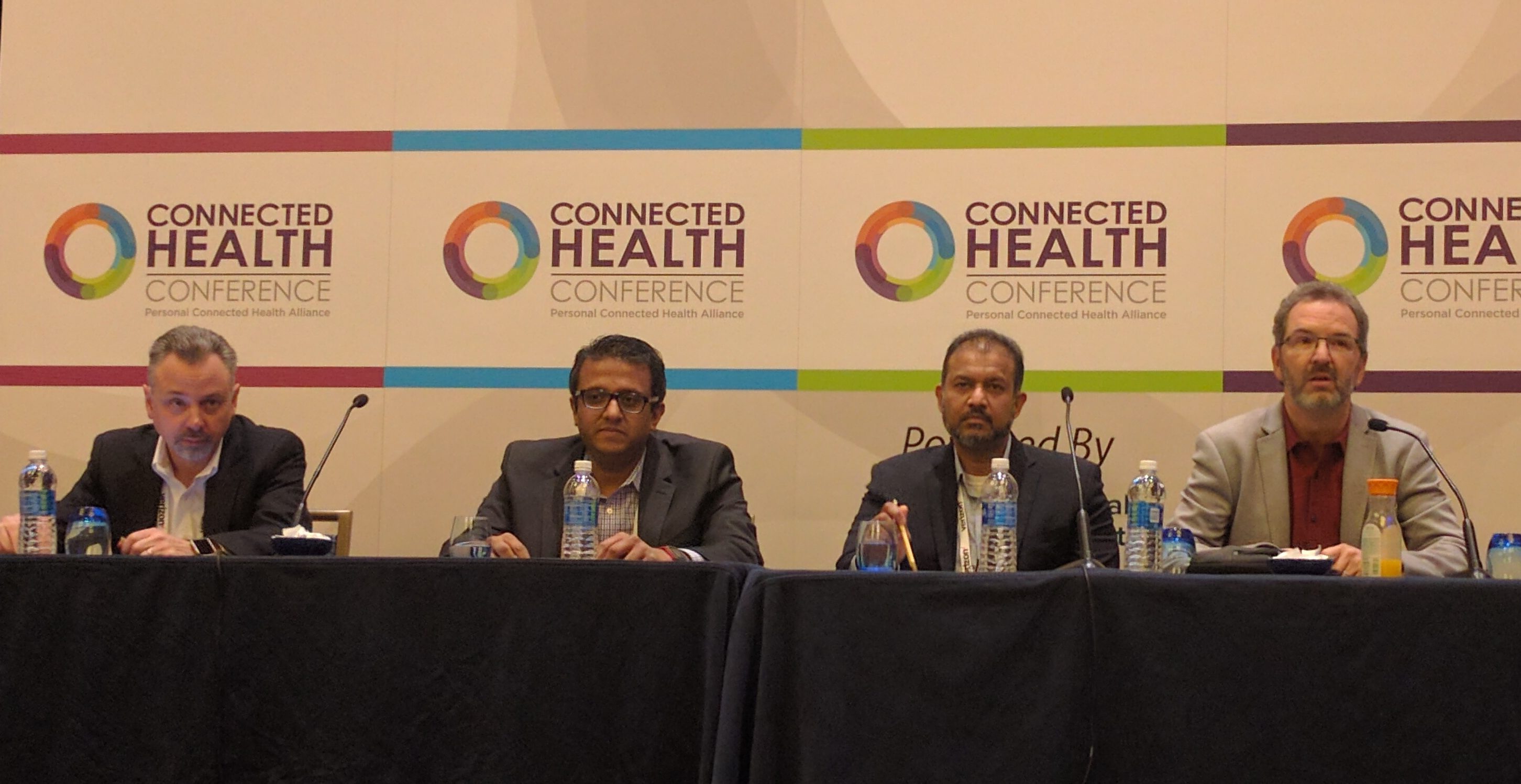
In theory, the IoT market opportunity in healthcare is unlimited, but the technology is a long way from reaching its full potential, according to panelists at the Connected Health Conference.
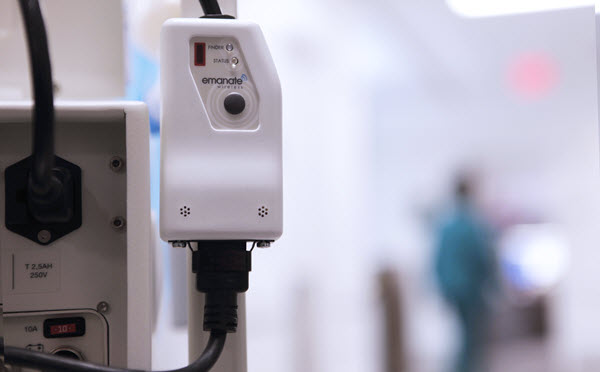
Emanate Wireless raised $1.5 million from angel investors and deployed its technology at two hospitals in the Cleveland Clinic network.

In the latest demonstration of the consolidation trend in digital health, Glooko and Diasend have said they will merge under Glooko's brand name.

Wearables paired with accountability can help users achieve their health goals because they keep track of habits, thus preventing people from lying or relying on their memory to recall overall caloric consumption or even how much they exercise
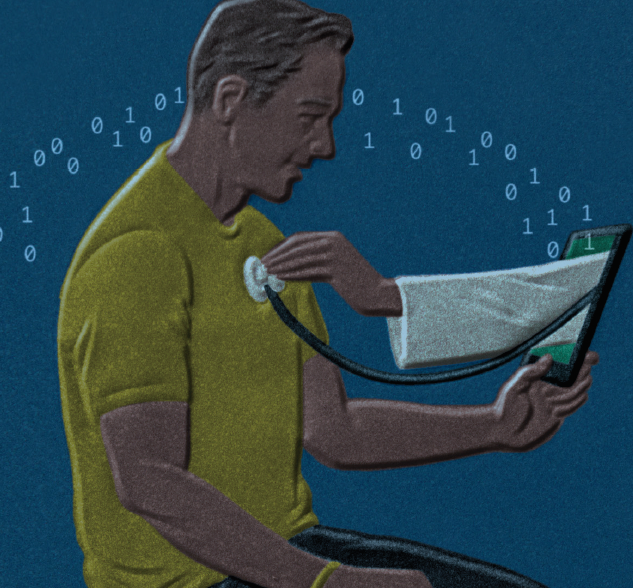
A Deloitte survey of U.S. healthcare consumers revealed that priorities for telemedicine and remote monitoring tend to focus on caregiving more than self care.

From cognitive coaching to optoelectronics, the wearables industry has an interesting future.
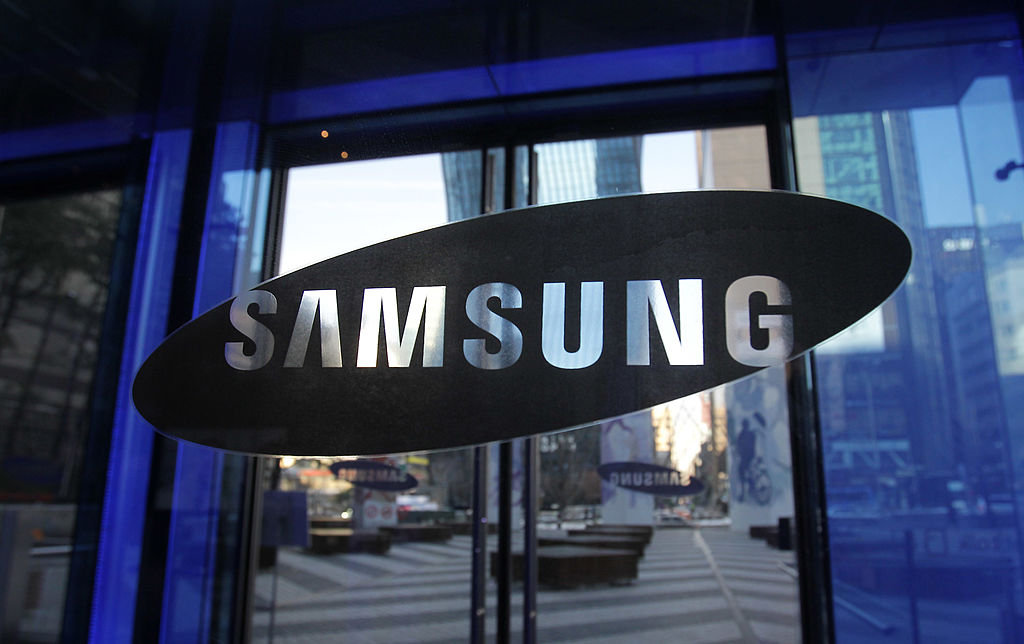
The Samsung Strategy and Innovation Center will team up with the Nestlé Institute of Health Sciences to apply wearable sensors and nutritional insights to "provide people with entirely new awareness into health and wellness," the two companies said.
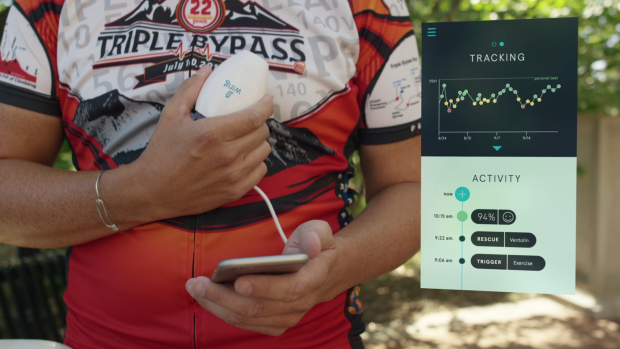
The co-founders have adopted a direct to consumer model but see interest from insurers, self-insured employers and clinical researchers.
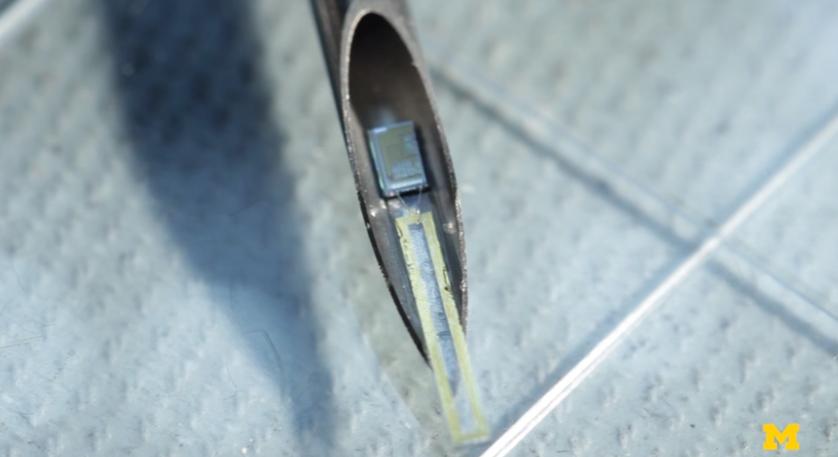
Engineering researchers at the University of Michigan have developed a battery-operated injectable computer with a radio antenna that can transmit data to a device located up to 12 inches outside of the body.
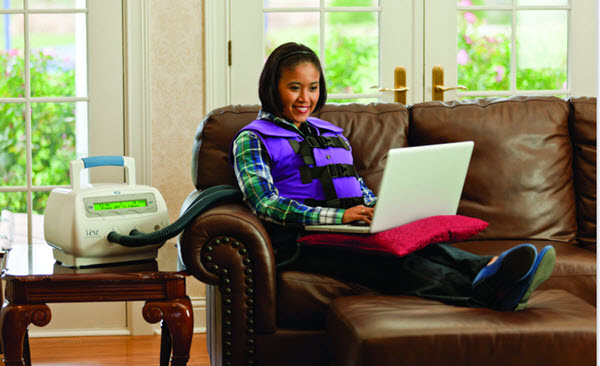
The vest gathers patients’ airway clearance therapy session information, such as how many minutes the session lasted, duration of cough pauses, frequency settings and transmits it to the portal where physicians can see the data.